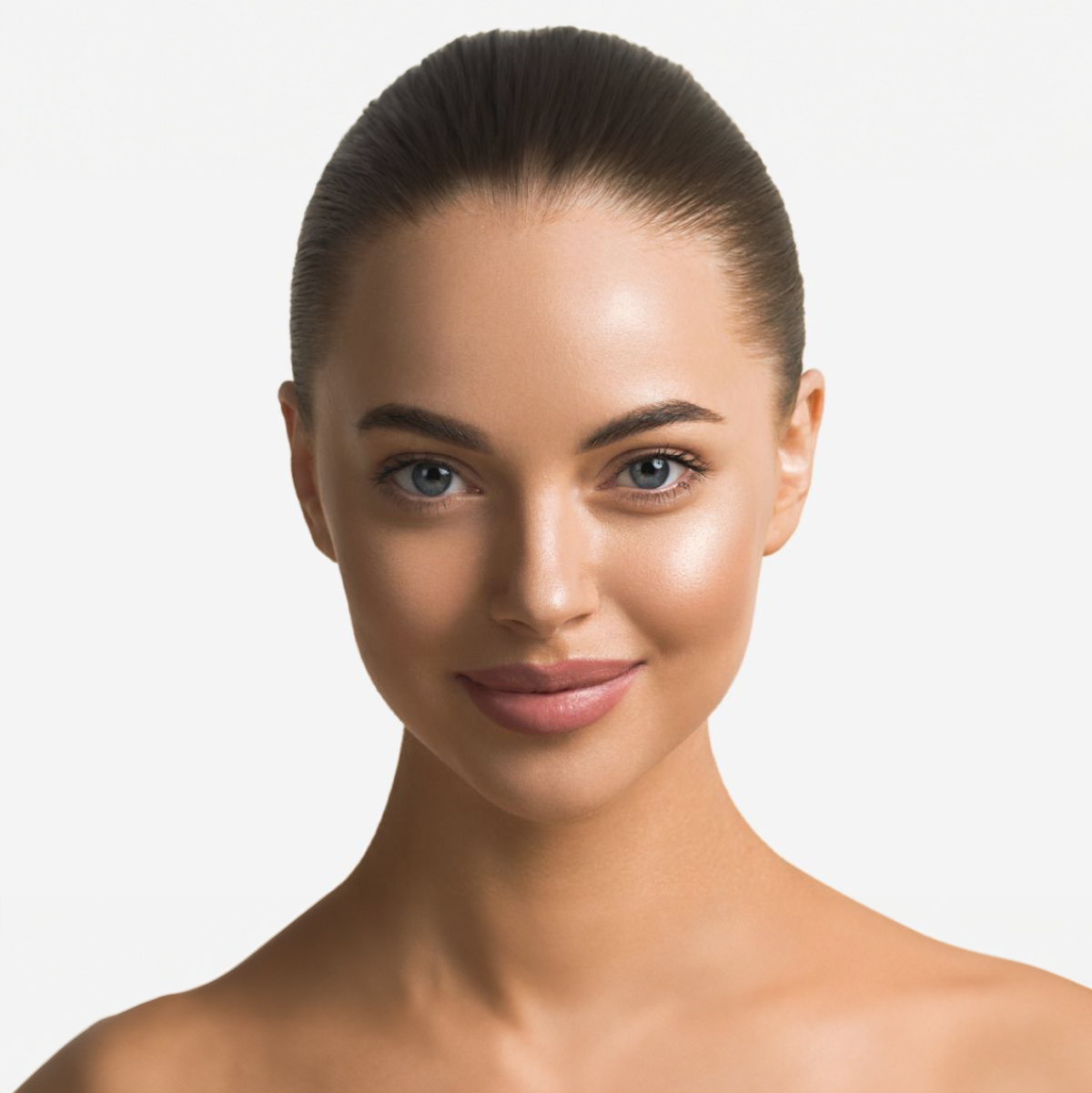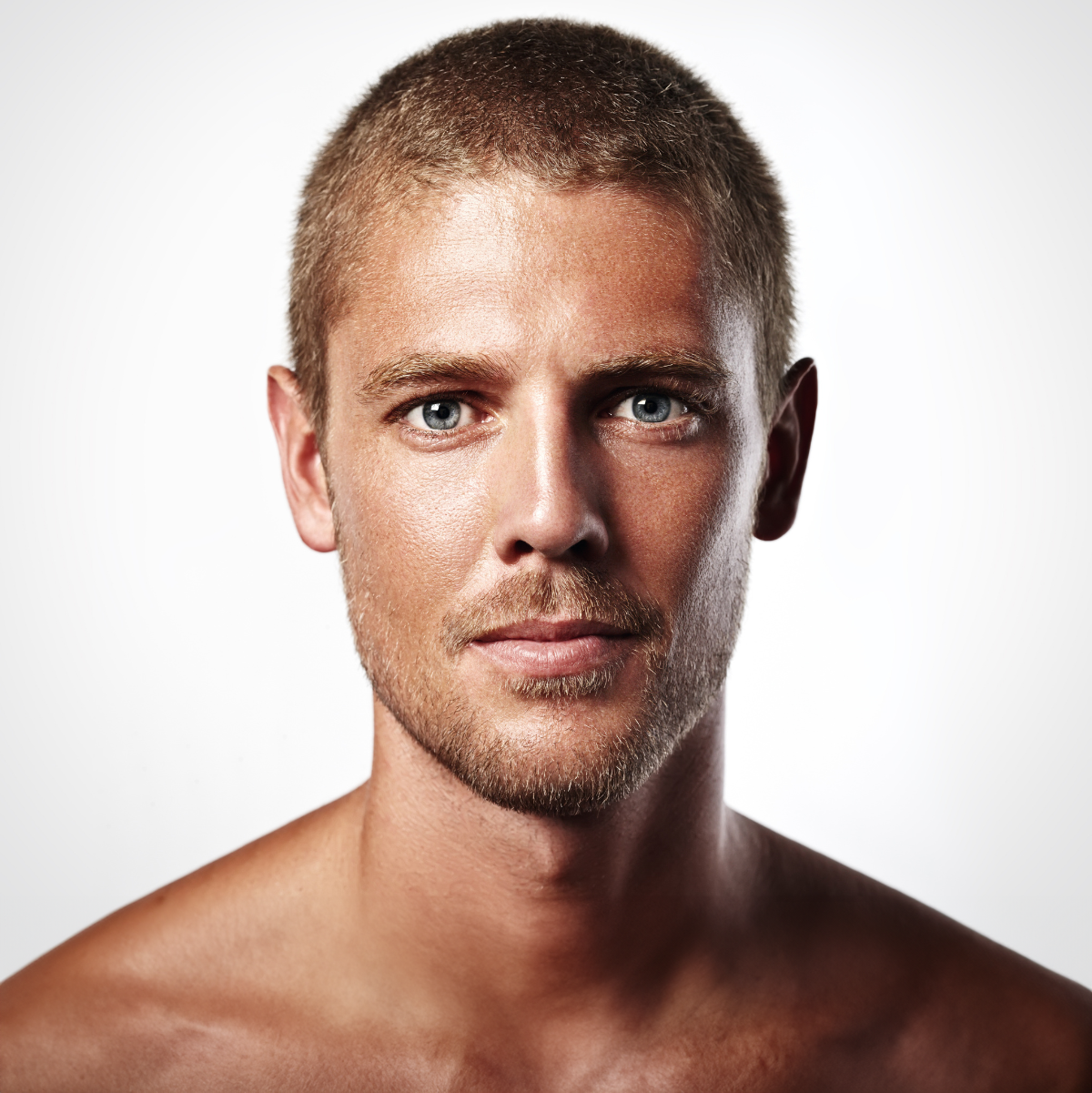Rhinoplasty is a procedure requested by people of every background, ethnic and genetic heritage.
Ethnic rhinoplasty is the term used to describe nose-shaping procedures done on a non-Caucasian nose. A cosmetic surgeon must be careful to produce ethnocentric results when performing rhinoplasty on any individual. Maintaining harmony and balance of the face is one of the primary concerns of a rhinoplasty cosmetic surgeon.
Each patient who comes into the cosmetic surgeons office is a unique individual with his or her own surgical goals. The plastic surgeon and the patient work together to decide on the form of the nose that looks best to them and enhances the rest of their facial features.
In general, a patient who approaches a plastic surgeon for cosmetic nose reshaping is concerned about the shape, size or angle of their nose. They feel their nose is too large or too small, has unattractive an hump or bump on the bridge, is crooked or positioned with an odd angle.
Individuals all have different looks as well as shapes and sizes of features; some of these blend better with the rest of their features than others. People of similar ethnic backgrounds tend to have similar concerns about the appearance of their noses.
Iranian, Mediterranean and Middle Easterners who come in for plastic surgery tend to worry about having an overall large nose and frequently a hump or bump on the bridge. These patients can also be worried that the tip of the nose appears large or droopy.
Many African American patients who seek cosmetic nose reshaping feel that their nose is too wide and undefined. The tip of the nose may lack structural definition.
Hispanic patients coming in for rhinoplasty consultations tend to complain of poor tip definition, shorter, wide nasal tips and a nasal hump.
A low nasal bridge is probably the most common concern of Asian patients
Caucasians tend toward concerns about the general size of their noses (too large) and about uneven cartilage causing humps and bumps on the bridge of the nose. The shape and size of the nose tip is also an area of attention.
Another special category of people looking at getting a nose-reshaping procedure is the ever-growing senior population. As we age, our noses (and our ears) continue to grow. The reason for this is, although bones stop growing after puberty, cartilage does not. Cartilage continues growing your entire life. So, as people age, their noses and ears really do get larger. Rhinoplasty can change this giving the individual a much more youthful appearance.
The reshaping of a nose that has been broken or twisted in a fight or accident is another challenge for the cosmetic surgeon. To repair this damage requires the surgeon restore both the aesthetics and functionality of the nose.
With ethnic sensitivity and special situations taken into consideration, a good plastic surgeon can achieve great results with a rhinoplasty.





